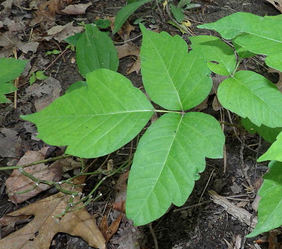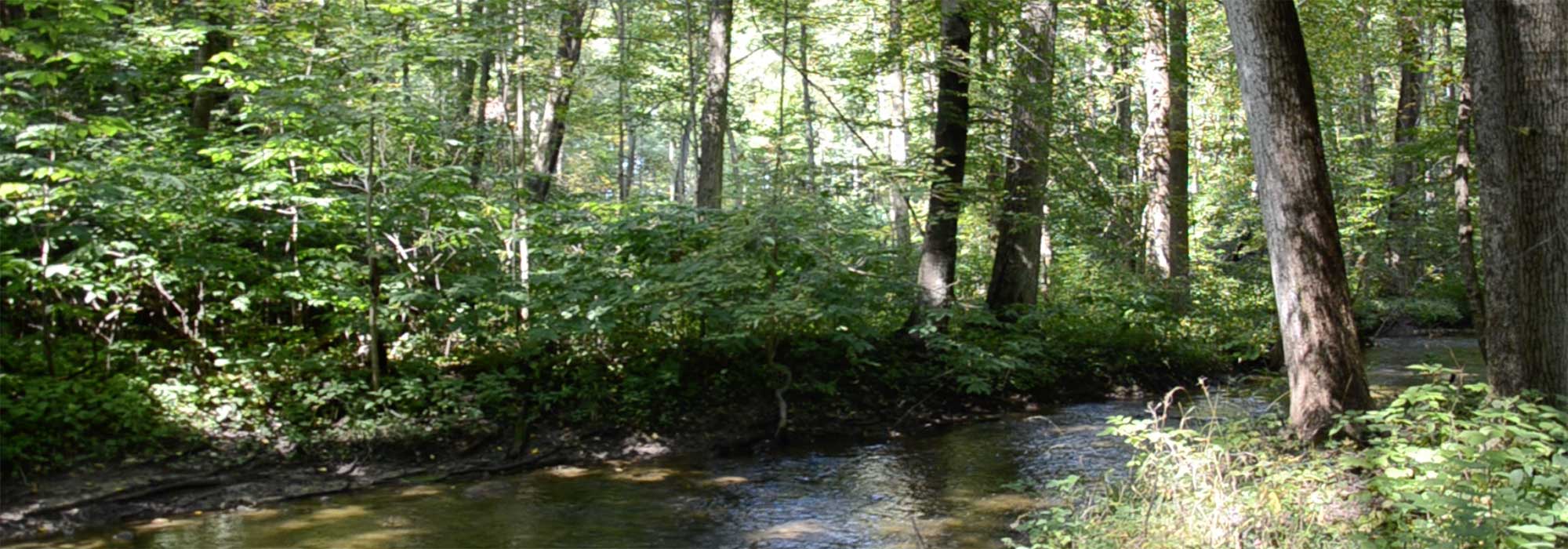Quality, Service, & Forest Stewardship for Over 100 years!
Pike News
Poison Ivy

Poison Ivy (Toxicodendron radicans) is a poisonous plant native to North America. It can be found as either a bush or a climbing vine. The plant will have three leaflets. When it is in its vine form, it will typically be tightly attached to the tree by a thick layer of reddish hairs. Some birds will eat the berries poison ivy produces. Poison Ivy produces oil known as Uroshiol. This toxin causes an allergic reaction in more than half the population. This oil is only released when the plant or leaves are damaged. When exposed to Uroshiol, people will typically begin displaying symptoms within a couple of hours to a couple of days. Common symptoms include severe itching of the skin and red inflammation and blistering. The severity of symptoms depends on time and length of exposure.
The oil must penetrate the skin in order for symptoms to appear. The oil can be washed off with cold water and soap before this happens to prevent infection. It is important to use cold water because hot water will enlarge pores and allow the oil to penetrate deeper into the skin. Exposure is more likely on hot days when pores are already enlarged. If you are displaying symptoms, the area can be treated with frequent applications of calamine lotion and time. If exposure if particularly severe it is important to seek medical treatment.

